Imagine standing in the shadow of a retreating glacier, the air crisp and silent—when suddenly, a gritty wind sweeps across the barren landscape, lifting clouds of fine, ancient dust high into the sky. These aren’t your ordinary dust storms. This is glacial dust, a powdery relic from Earth’s icy past, swirling into the atmosphere and weaving an invisible link between ancient climates and our world today. The story of glacial dust storms isn’t just about wind and dirt; it’s about how the ghosts of vanished ice ages can still shape the air we breathe, the crops we grow, and the very cycles of life on Earth. Let’s dive into this wild, windswept tale of sediment, science, and surprise.
What Exactly Is Glacial Dust?
Glacial dust, sometimes called “rock flour,” is a fine, powdery sediment created when massive glaciers grind rocks beneath their weight. Over thousands of years, the relentless movement of ice crushes stone into particles so tiny they can float in the air with the lightest breeze. This dust is often so pale and soft that it resembles powdered sugar, yet each grain holds the memory of ancient mountains and vanished ice sheets. Unlike common desert dust, glacial dust is rich in minerals and often carries a unique chemical signature. It’s this distinct quality that allows scientists to trace its journey across continents and even oceans.
The Birthplace: Glaciers as Natural Grinding Machines
Picture a glacier as a slow-moving conveyor belt of frozen rock. As it crawls forward, it drags debris and stones beneath its belly, crushing them into finer and finer pieces. This grinding action produces vast plains of silt and dust known as outwash plains or “sandurs.” When the ice melts, these plains are left exposed—dry, barren, and ready for the wind to do its work. Some of the world’s most notorious glacial dust storms begin in these bleak, open landscapes, especially in places like Alaska, Iceland, and Patagonia. Each storm is a reminder of the incredible power glaciers wield, even after they have retreated.
How Glacial Dust Becomes Airborne
Once the ice retreats, the bare sediment left behind is extremely vulnerable. In dry seasons or after a stretch of sunny weather, the fine dust can dry out completely. All it takes is a strong gust of wind—sometimes sparked by katabatic winds rushing down from icy valleys—to lift these ancient particles high into the atmosphere. In some cases, volcanic eruptions or sudden rainstorms can further loosen the dust, triggering dramatic airborne events. These storms can last for hours or even days, carrying glacial dust hundreds or thousands of kilometers away from its original home.
Ancient Sediment, Modern Consequences
It’s easy to imagine glacial dust as a relic of the past, but when it becomes airborne, it’s suddenly thrust into the present. Scientists have discovered that glacial dust storms can influence everything from air quality in distant cities to the chemistry of remote oceans. For example, when fine particles settle on Arctic snow, they can darken the surface, causing it to absorb more sunlight and melt faster—speeding up climate change in a feedback loop. In other places, glacial dust fertilizes ocean plankton, which in turn draw down carbon dioxide from the air. Every gust of ancient sediment has ripple effects we’re only just beginning to understand.
Not Your Average Dust Storm
Glacial dust storms are different from the sandstorms that sweep through deserts like the Sahara. The particles are much finer and lighter, floating farther and higher on the wind. Because glacial landscapes are often remote, these storms can appear suddenly and without warning, surprising hikers, scientists, and even pilots. The dust can turn clear skies a ghostly gray and make the sun appear as a dim, eerie orb. In Iceland, locals have nicknamed these storms “sand blizzards,” a phrase that perfectly captures their chilling, otherworldly nature.
The Role of Glacial Dust in Global Climate
One of the most surprising discoveries in recent years is just how important glacial dust is to Earth’s climate. When these fine particles are lofted into the atmosphere, they act as tiny mirrors, reflecting sunlight and cooling the planet. At the same time, when they settle on ice or snow, they can actually speed up melting by absorbing heat. Scientists have even found layers of glacial dust in ice cores from Antarctica and Greenland, using them as time capsules to reconstruct ancient climate shifts. It turns out, these storms have been shaping weather and temperatures for millennia.
Fertilizing the World’s Oceans
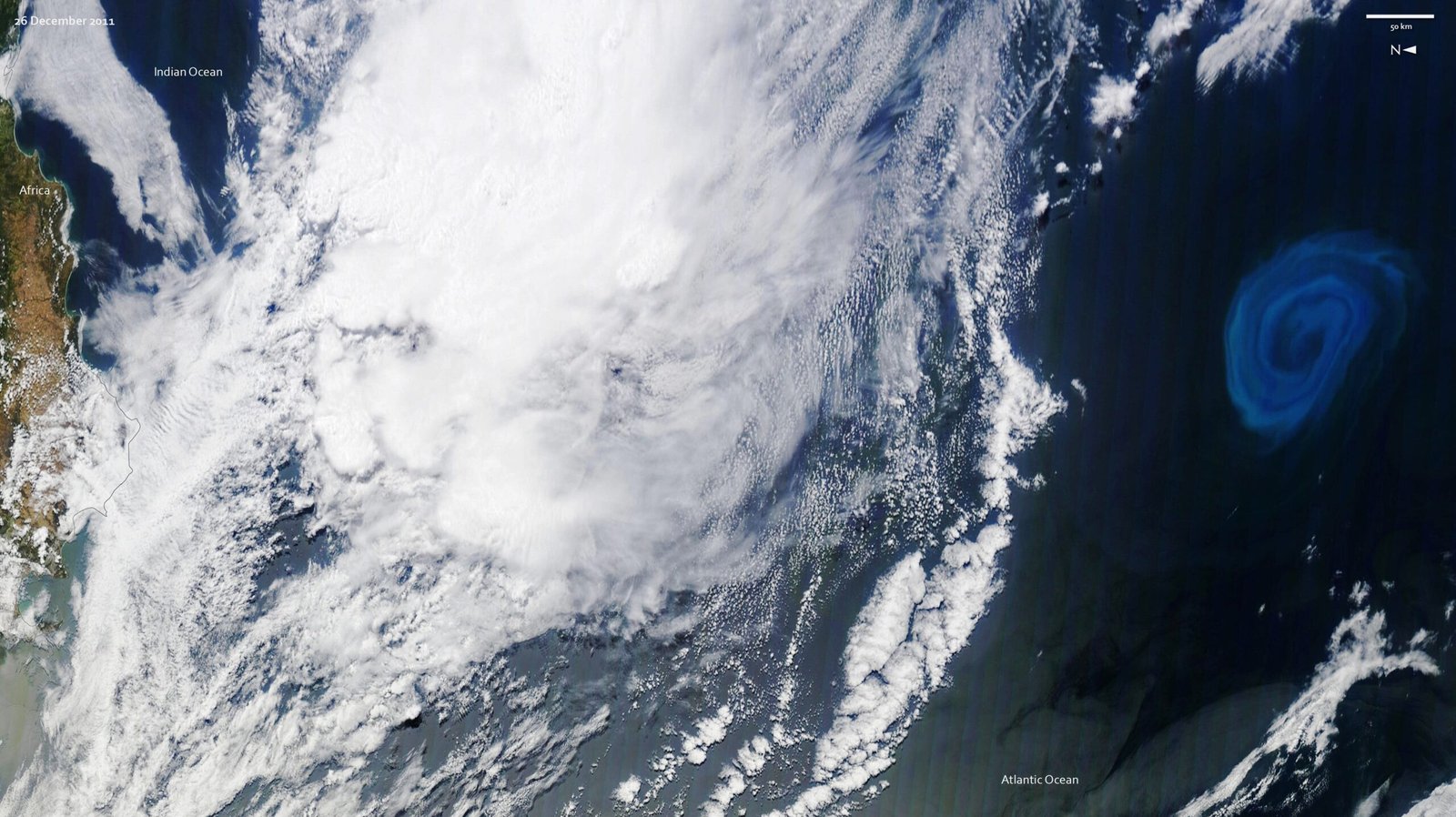
This story takes a wild turn when glacial dust lands in the ocean. These mineral-rich particles are packed with iron—a crucial nutrient for tiny marine plants called phytoplankton. In places where the ocean is otherwise starved of iron, a fresh burst of glacial dust can trigger massive blooms of plankton, turning whole swathes of the sea a vibrant green. These blooms don’t just feed fish; they also pull carbon dioxide out of the atmosphere, acting as a natural brake on climate change. Some scientists have even suggested that ancient dust storms helped cool the planet during past ice ages.
The Dust Highway: How Far Can It Travel?
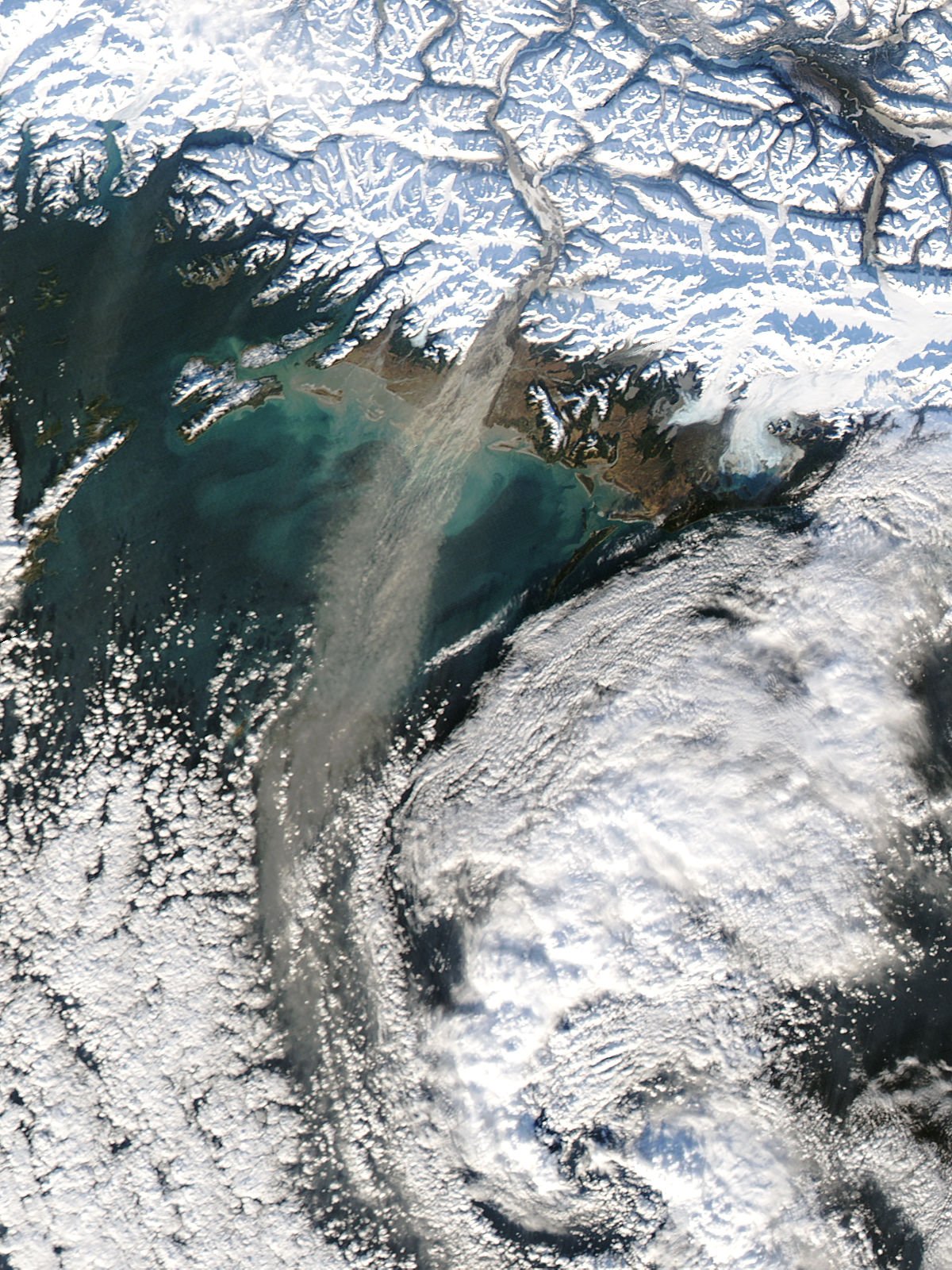
You might be surprised to learn just how far glacial dust can go. Powerful winds can lift these fine particles thousands of meters into the air, where they can hitch a ride on jet streams and travel across entire continents. Researchers have tracked glacial dust from Alaska all the way to the Pacific Ocean, and from Patagonia to the South Atlantic. In some cases, satellite images have captured giant dust plumes stretching for hundreds of miles, like smoky trails in the sky. This long-distance journey means that glacial dust has the power to connect distant ecosystems in unexpected ways.
Impacts on Human Health
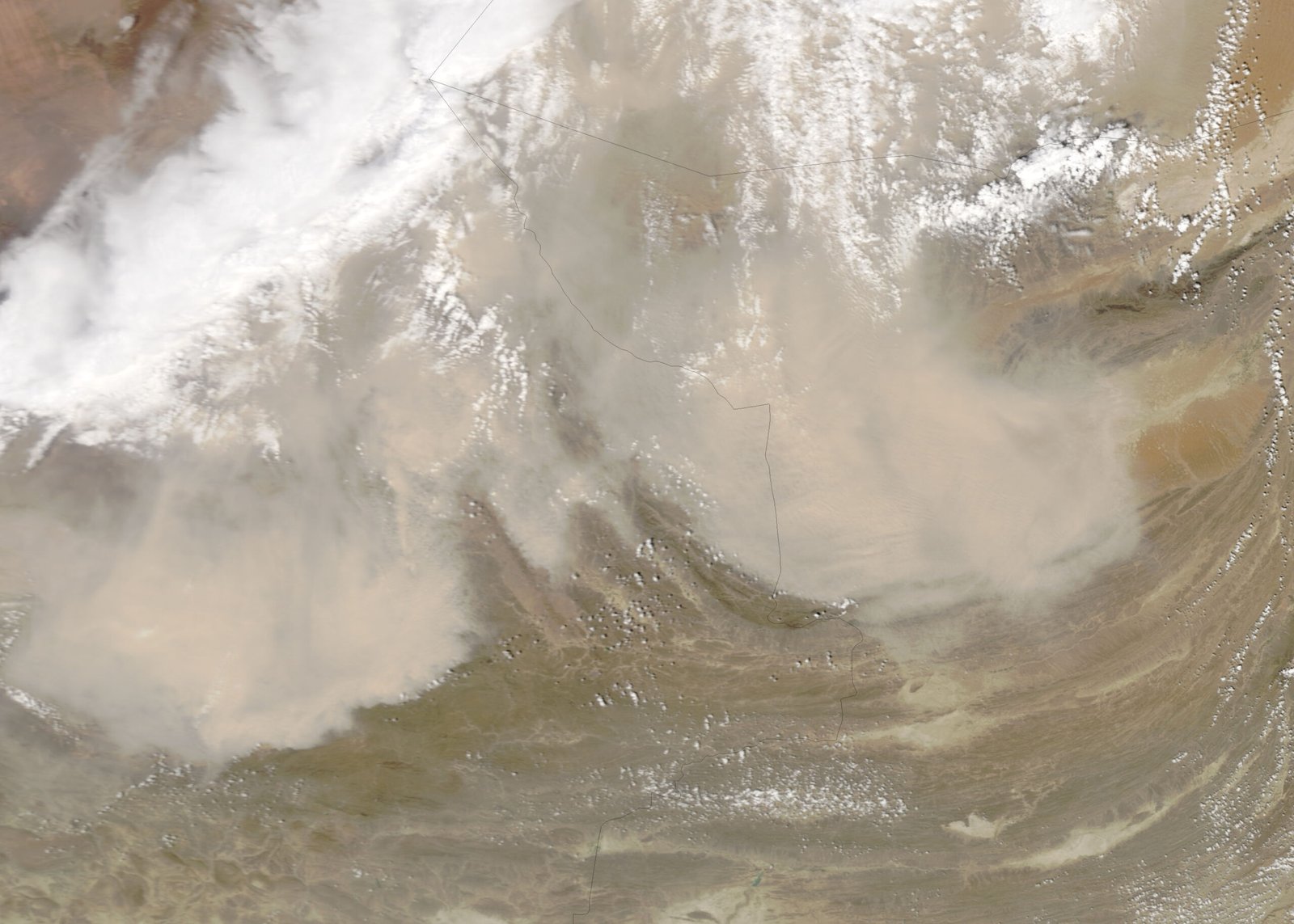
While glacial dust might sound exotic, it can have very real effects on the people who live nearby. When storm winds blow, the air can become thick with fine, abrasive particles that irritate the eyes, throat, and lungs. People with asthma or respiratory conditions are especially vulnerable, as the dust can trigger coughing fits or even more serious breathing problems. In some towns near receding glaciers, residents have started wearing masks or staying indoors during the worst storms. Scientists are still studying the long-term health impacts, but it’s clear that ancient sediment can cause modern headaches.
Glacial Dust and Modern Agriculture
There’s a silver lining to all this airborne sediment. Glacial dust is packed with minerals that can enrich the soil when it settles. In regions where farmland is naturally poor, a dusting of ancient sediment can act like a natural fertilizer, boosting crop yields and supporting local economies. Icelandic farmers, for example, have long relied on dust blown from nearby glaciers to nourish their fields. However, too much dust can also smother young plants or erode precious topsoil, so it’s a delicate balance—nature’s own version of “too much of a good thing.”
Wildlife and Ecosystem Effects
Animals and plants have adapted in remarkable ways to the presence of glacial dust. Certain species of moss and lichen thrive in the nutrient-rich silt, forming the base of fragile food webs in Arctic and alpine regions. Birds sometimes use the dust to line their nests, and insects burrow into the soft sediment for shelter. But these storms can also disrupt habitats, burying delicate flowers or clogging streams with fine grit. In some years, the arrival of dust can spark a burst of new life; in others, it can spell disaster for creatures caught unprepared.
Historical Glacial Dust Events
The history books are full of astonishing tales of glacial dust storms. In the late 1800s, explorers in Alaska and Iceland reported skies turning dark at noon, with dust piling up in drifts like snow. More recently, a massive dust event in Iceland in 2010 turned entire towns gray and forced airports to close. Scientists have even found evidence of ancient dust storms preserved in lake sediments and ice cores, revealing that these events have been shaping landscapes for thousands of years. Each new discovery uncovers another chapter in the long, gritty saga of glacial dust.
How Scientists Study Glacial Dust Storms
Tracking the movement of glacial dust is no easy feat. Researchers use everything from weather balloons and drones to satellite images and ground sensors to follow the particles as they move. They analyze dust samples under powerful microscopes, searching for clues about where the sediment came from and what minerals it contains. Some scientists even brave the storms themselves, setting up equipment in the path of the dust to measure wind speed, particle size, and chemical content. Every bit of data helps piece together the puzzle of how these ancient sediments affect our world.
Modern Climate Change and Glacial Dust
Today, as glaciers around the world retreat at alarming rates, the amount of exposed sediment is growing. This means we could see more frequent and intense glacial dust storms in the coming decades. Climate models suggest that changing weather patterns—hotter summers, drier air, and stronger winds—could all combine to lift even more dust into the sky. Some scientists worry that this “new normal” could accelerate melting and disrupt ecosystems, while others see it as a chance to better understand how Earth’s systems are linked. One thing is certain: the story of glacial dust is far from over.
Surprising Connections: Glacial Dust and Human History
Throughout history, glacial dust has played a hidden role in shaping civilizations. Ancient peoples may have used dust-rich soils for early farming, while legendary dust storms could have influenced migration patterns or even the rise and fall of certain cultures. In some cases, the presence of glacial dust in archaeological layers helps researchers date ancient settlements or reconstruct forgotten landscapes. These connections remind us that the forces shaping our planet are deeply intertwined with human stories, often in ways we never expected.
Unique Landscapes Formed by Glacial Dust
Some of the world’s most beautiful and haunting landscapes owe their existence to glacial dust. The famous “loess” plains of China and the American Midwest are built from wind-blown sediment, piled up over thousands of years into rolling hills and fertile valleys. In Iceland, gray dunes of glacial dust stretch for miles, sculpted by wind into bizarre shapes and patterns. These otherworldly scenes remind us that even the smallest grains of sediment can leave a giant mark on the planet.
Modern Solutions and Adaptations
Communities living near glacial outwash plains aren’t just passive victims of dust storms—they’ve developed creative ways to cope. Some plant fast-growing grasses or shrubs to anchor the soil and prevent erosion. Others use water sprays or barriers to keep dust from reaching homes and roads. In places like Alaska and Iceland, local governments monitor weather conditions and issue warnings when storms are likely. These adaptations show that with a bit of ingenuity, people can learn to live alongside even the wildest forces of nature.
The Future of Glacial Dust Research
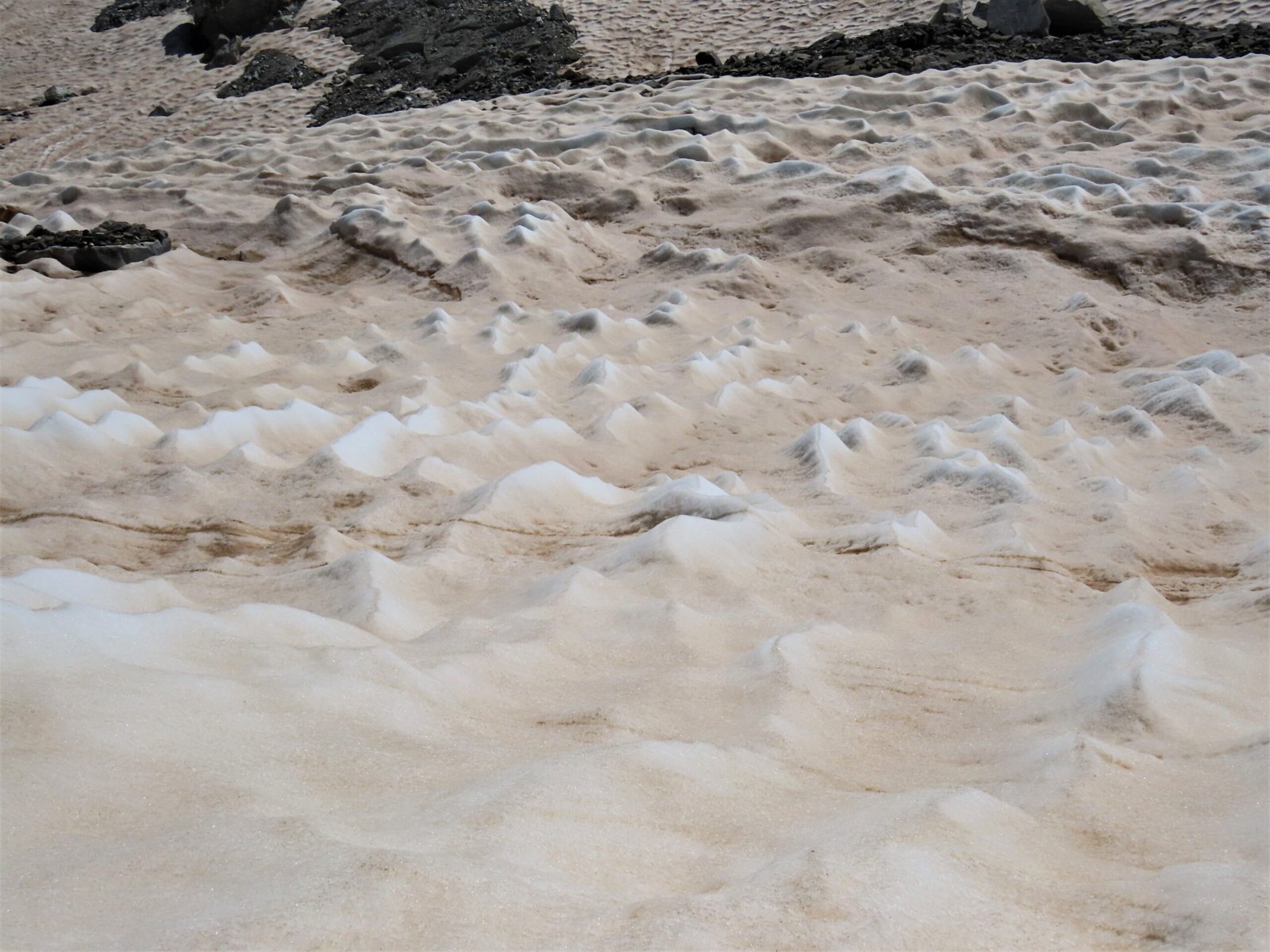
With climate change accelerating and glaciers disappearing, the study of glacial dust has never been more urgent. Scientists are racing to understand how these storms might change in the coming years—and what that could mean for everything from agriculture to global climate cycles. New technology, like high-resolution satellites and real-time air sensors, is opening up exciting possibilities for research. At the same time, there’s a growing recognition that local communities, with their deep knowledge of the land, have much to teach about living with dust.
Why Glacial Dust Storms Matter Now More Than Ever
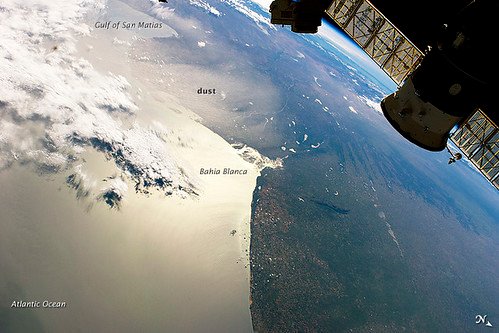
In a world where glaciers are vanishing and climate patterns are shifting, glacial dust storms are no longer just a curiosity for scientists. They’re a powerful reminder that the past is never really gone—it lingers in every gust of wind and every grain of airborne sediment. Whether it’s feeding plankton in the ocean, fertilizing farmlands, or shaping the air we breathe, ancient dust continues to connect distant places and people in ways we’re only beginning to understand. The next time you see a hazy sky or a strange, powdery film on your windowsill, you might just be looking at a piece of Earth’s ice age legacy, caught on the wind.



